Fifty years ago it was not possible to bid at auction via the telephone — that first historic telephone bid was made for a Monet at Christie’s in 1967. Now the auction house’s Great Rooms, and indeed every other international saleroom, is lined by banks of telephones and digital screens, and absentee clients may also bid from anywhere in the world online, live through an interactive bidding portal or via iPhone and iPad apps. It seems that one moment advances in technology allowed Elizabeth Taylor to sit by her pool in Bel Air in her swimsuit and bid on the telephone for Duchess of Windsor diamonds in Geneva, the next, that part of her estate could be dispersed around the globe courtesy of Christie’s inaugural online-only auction.
That sale in December last year drew an astonishing 57,000 bids placed in 25 countries, with 54 per cent of bidders new to Christie’s. Now the auction house has announced a deal with The Andy Warhol Foundation for the Visual Arts that will see ‘many thousands’ and more than $100 million worth of its remaining Warhols — paintings, drawings, photographs, prints and printed graphic material — offered over the coming years through an unprecedented range of bidding and sale platforms. Artists’ estates have traditionally been the preserve of dealers. One of the reasons for giving the auction house the business, cited by the foundation’s president Joel Wachs, is that this range — not to mention the promotional reach of Christie’s website, which receives 1.5 million ‘unique’ visitors a month — will ‘provide unprecedented global access to Andy Warhol’s work, in keeping with the artist’s own democratising philosophy and working methods’. The first offering is on 12 November, with estimates ranging from $2,500 to $1.5 million.
What is striking now is how no one considers the idea of buying art online, often sight-unseen, odd. When Sotheby’s launched its pioneering online platform back in 2000, it seemed to many sceptics, myself included, that it might work for the likes of books or wine but not for high-quality fine art and antiques that depended — or so we imagined — on a close inspection of and engagement with the object. How wrong we were. As Michael Bruno, founder of the high-end online marketplace 1stdibs, told me recently, ‘Once in the habit of buying low-consideration items online, it is not a big leap to buy higher-consideration items. It is not heresy to say that buying art and antiques is just a step away from buying toothpaste.’
It seemed a giant leap when people began to feel comfortable spending huge sums of money. While no online transaction has come close to equalling the $8.14 million paid for a rare first printing of the Declaration of Independence sold through sothebys.com in 2000, the sums bidders are prepared to pay online is rising. While the highest winning bid at Sotheby’s is just shy of $1 million, the highest unsuccessful underbid exceeds $15 million. At Christie’s, eight works of art have sold online for over $1 million, seven of them in the past two years. Last year, 29 per cent of Christie’s bidders transacted online.
None of this could have happened without the broader adoption of the internet and the development of high-resolution images and faster download speeds. A third, significant revolution came with translating search engines. The last certainly transformed the fortunes of Britain’s provincial auction houses, which from around 2010 suddenly found themselves selling the likes of modestly estimated Qing dynasty Chinese porcelains, jades and rhinoceros horns for six-figure sums or more to Chinese buyers competing to repatriate their national heritage.
It is not only the auction houses that have benefited. 1stdibs.com features the stock of more than 1,700 dealers in seven countries, offering antique furniture, design, fine art, jewellery and watches, vintage fashion and real estate. Its website attracts over a million ‘unique’ visitors a month. Last year, participating dealers reported sales of $315 million. In September, 1stdibs tripled its European dealer community by acquiring the UK-based Online Galleries. According to Carmine Bruno, managing director of Online Galleries and now also MD of 1stdibs UK, many dealers report that they are doing up to 70 per cent of their business online.
Online buying is, of course, simply a tool to use to expand a market. The success of any site depends not so much on innovative technology but the reputation, service, guarantees of authenticity and warranty provided by the auction house or dealer. 1stdibs and Online Galleries are portals. Any business is transacted directly between the dealer and the client. The latter has the confidence to buy because member dealers belong to a trade association, are recommended by two colleagues, and have a shop so that the item may be inspected.
Arguably, the portal with the greatest potential to revolutionise the market, certainly for items under £10,000, is EpaiLive, China’s only dedicated fine art auctions and live bidding portal. Founded in Beijing a year ago by Oxford graduate Dr QiQi Jiang, and operated in Mandarin and English, EpaiLive appears to be blessed by a government intent on bringing greater transparency to a domestic market plagued by problems of authenticity and non-payment. Its unique payment service offers both payment surety and facilitates large exchanges of RMB into international currency. It is also developing bespoke software that will enable high-resolution, 360-degree views of images to be downloaded in a matter of seconds.
Dreweatts and Bloomsbury Auctions, the UK’s fourth largest auction group, teamed up with EpaiLive early last month to offer the first international object sold on a Chinese portal to a Chinese buyer. This humble first was a French gilt-metal portable clock of around 1900 that changed hands for £675. Since then Dreweatts has sold Chinese export silver, cloisonné enamels and single-stone diamonds to Chinese buyers. The crucial point here is that the aspirational middle class — already larger than the entire population of America — is already buying European furniture and other items.
‘The cachet of owning “a piece of international history” is becoming a more commonplace desire, and an integral part of satisfying this appetite is achieved by purchasing directly from abroad,’ explains Dr QiQi Jiang. ‘It is of course key that the relatively inexperienced Chinese consumers are guided to buy from the most reputable sources.’ The European antiques and collectibles market may be in for a big, and very pleasant, surprise.
The post A step away from buying toothpaste appeared first on The Spectator.
Got something to add? Join the discussion and comment below.
Get 10 issues for just $10
Subscribe to The Spectator Australia today for the next 10 magazine issues, plus full online access, for just $10.

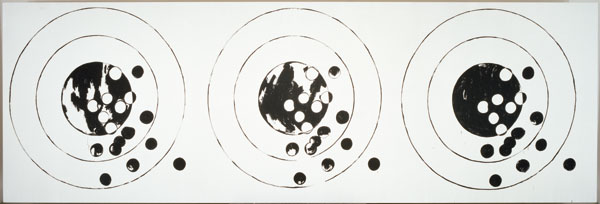
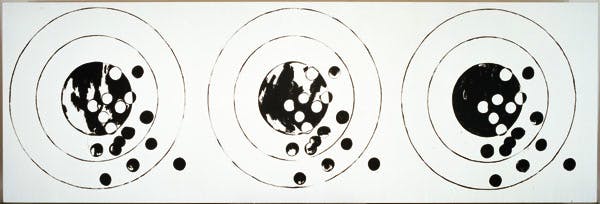
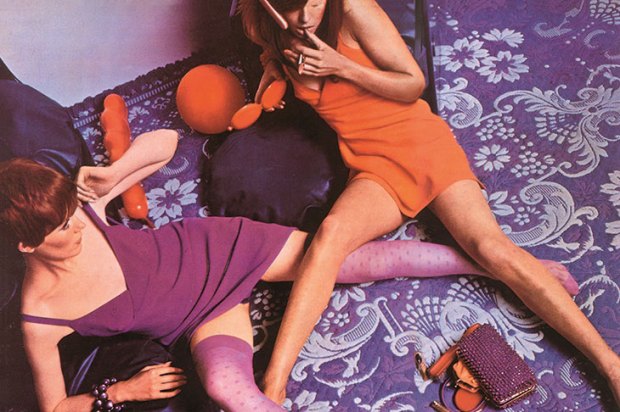
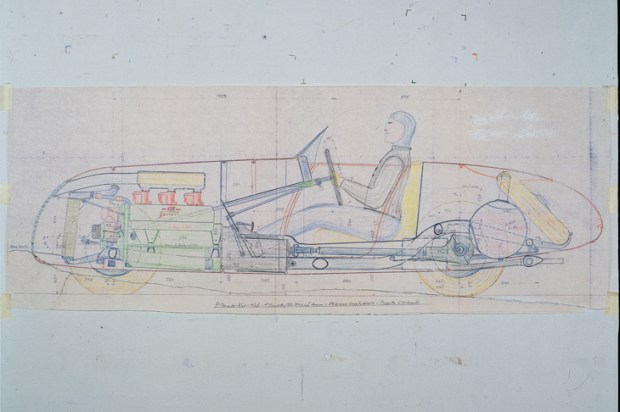
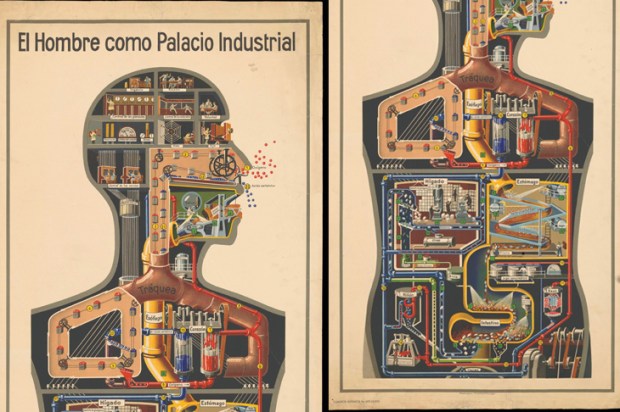
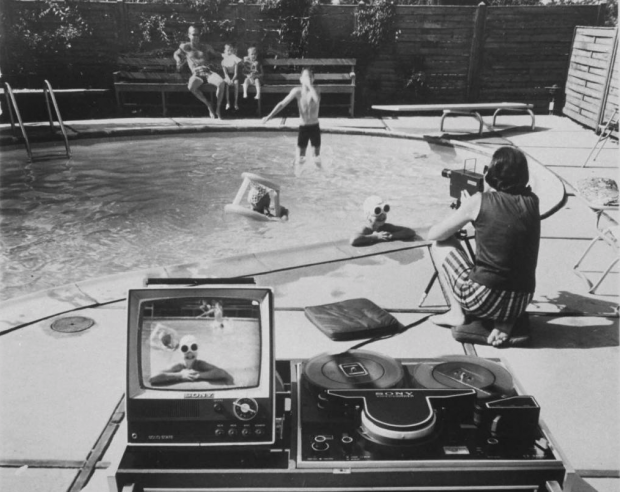
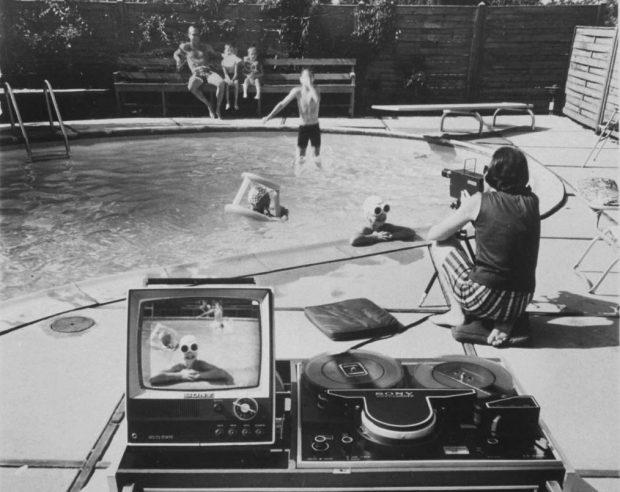






Comments
Don't miss out
Join the conversation with other Spectator Australia readers. Subscribe to leave a comment.
SUBSCRIBEAlready a subscriber? Log in